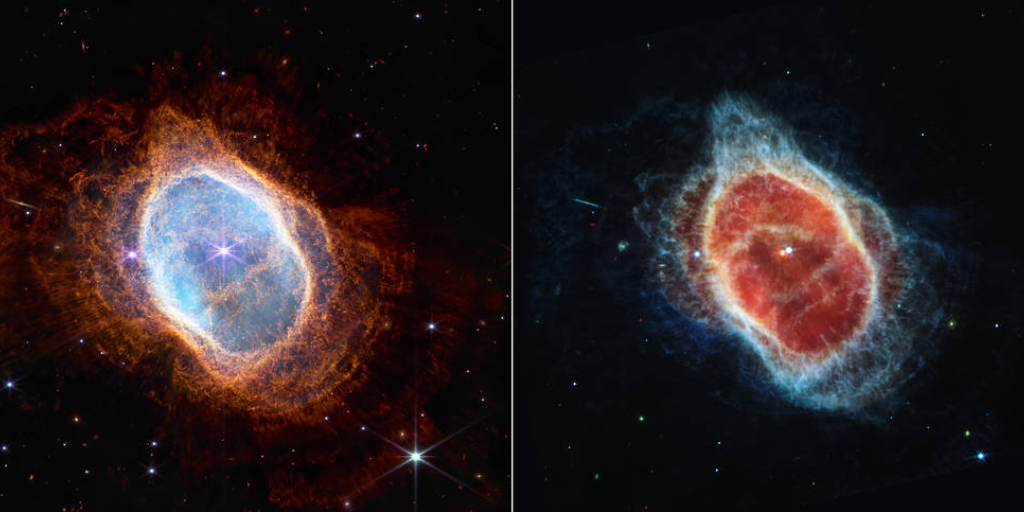Lesson #493
Click each section for transcripts, audio, and exercises
James Webb telescope had a long, expensive journey to launch

NASA, ESA, CSA, and STScI, Public Domain
A crack at

Quick Links
- Practice using the expression
- Lesson quiz: Test yourself
- Dig deeper: More about this topic
- Your turn: Comment on this story